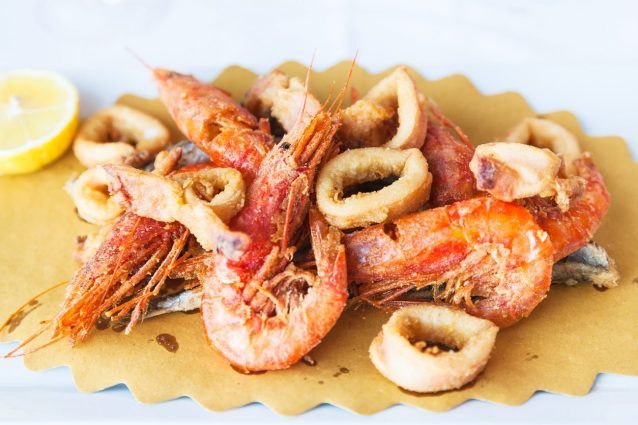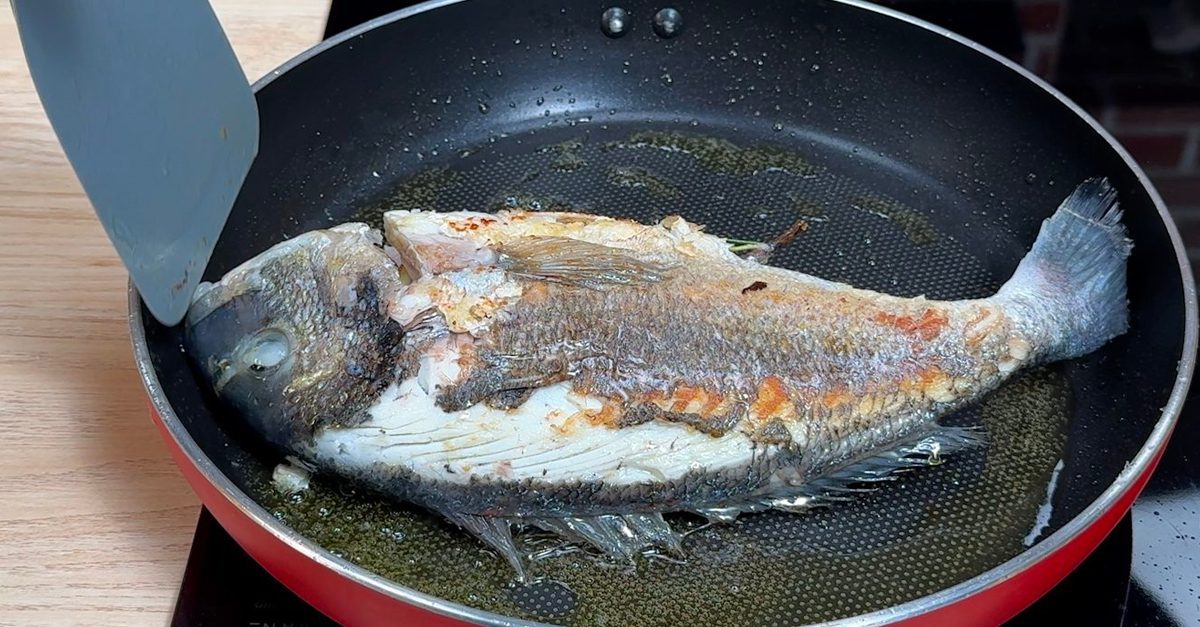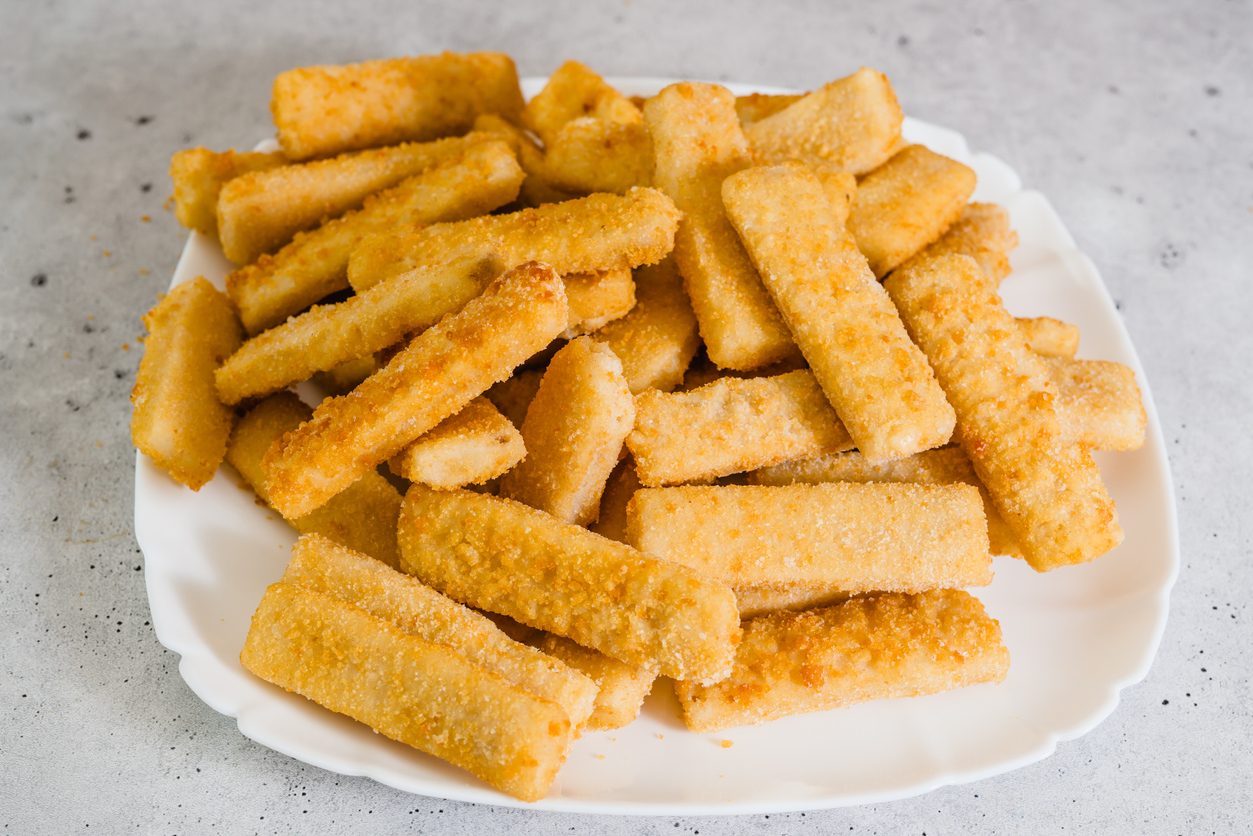Mixed fried fish: 7 mistakes not to make for a perfect result
Calamari, prawns, anchovies and more; more than a dish, mixed fried fish is a true masterpiece of international cuisine. With or without batter, in rigorously boiling oil and crunchy at the right point; to prepare a mixed fried fish worthy of the name you need to be careful, follow simple rules and above all do not make these 7 mistakes.
;)
“When you don’t know what to do, just fry it”; a common saying that says a lot about how frying is a good recipe for any occasion. In the summer months, despite the heat, mixed fried fish is always good, provided that it is perfect, crunchy and golden at the right point. So let's see how to do it and which are the mistakes to avoid.
Calamari, prawns, anchovies and more; more than a dish, mixed fried fish is a true masterpiece of international cuisine. With or without batter, in rigorously boiling oil and crunchy at the right point; to prepare a mixed fried fish worthy of the name you need to be careful, follow simple rules and above all do not make these 7 mistakes.
1. Choose the right fish

Surmullet, calamari, anchovies, cod and more; choose the one you like best but choose it fresh. For perfect frying, the fish must still smell of the sea, in short it must be just caught. Better to avoid frozen products, in fact they tend to lose water during cooking and your frying could be mushy and not very crunchy, and you will have to throw it away.
2. Breading, yes or no?

Just flour, or flour and egg yolks, or flour and sparkling water, tempura or beer batter. Everyone does it in his own way, even if the purists have no doubts: the fish is passed in the semolina flour, then the excess semolina is eliminated. and then the fish goes in the boiling oil. Whatever your choice, make sure to wash the fish well and dry it with a paper towel before breading it, in this way the flour will stick more easily and evenly.
3. Not all oils are for frying

To obtain a crispy frying on the outside and soft on the inside, you will have to pay close attention to the choice of oil and the cooking temperature. Fried fish requires an oil that has a very high smoke point and a temperature that does not drop below 180 degrees C; choose peanut seeds oil and do not be stingy, after enjoying your frying, you can dispose of it in a few simple steps. How to measure the temperature and understand the exact moment to start frying? Forget breadcrumbs, toothpicks and grandmother's remedies and give yourself a gift; a very useful cooking thermometer.
4. Pay attention to the pot

You would not boil the pasta on a grill, so you will not fry your calamari in a pan; if possible, you must prepare your fried fish in a large, high-sided iron pot. Frying is done by "immersion" and so, to become crispy, the fish must be completely wrapped in oil; then choose a pan capable of containing all the oil necessary for your preparation. But do not get carried away, using a large pot does not mean filling it; it is always necessary to cook a few pieces at a time to prevent them from sticking together, that the oil temperature drops and your frying becomes boiled.
5. Fry neatly

So far so good, now let's start frying but, please, let's do it in order; the bigger fish will be fried first, they obviously will need more time to cook. Then start with surmullet, cod and calamari, and follow with musky octopus, anchovies, shrimps and smaller fishes. Once immersed in the oil, avoid turning the fish with a skimmer so as not to damage the integrity of the crust that forms during cooking.
6. The right time

In this case there are no precise rules because, in the kitchen, the eye can be our best friend. Once immersed in boiling oil, check – without turning them too much – that your fish gradually become golden at the right point (even according to your tastes), but be careful not to exceed five minutes unless you want to witness the carbonization of your fish.
7. The seasonings

You have done everything right, you have drained the frying and then you have placed it on a sheet of absorbent paper so as to remove the excess oil, now you just have to season. We said "no salt in the batter", the savory touch should in fact be added only after cooking. Lemon? Yes, thanks, a few slices to lay on the plate so you can use a few drops a few moments before biting into the squid; avoid squeezing an entire lemon on your fried fish, it softens the breading and makes the fish soggy, a real disaster.
;Resize,width=767;)
;Resize,width=712;)
;Resize,width=712;)
;Resize,width=712;)
